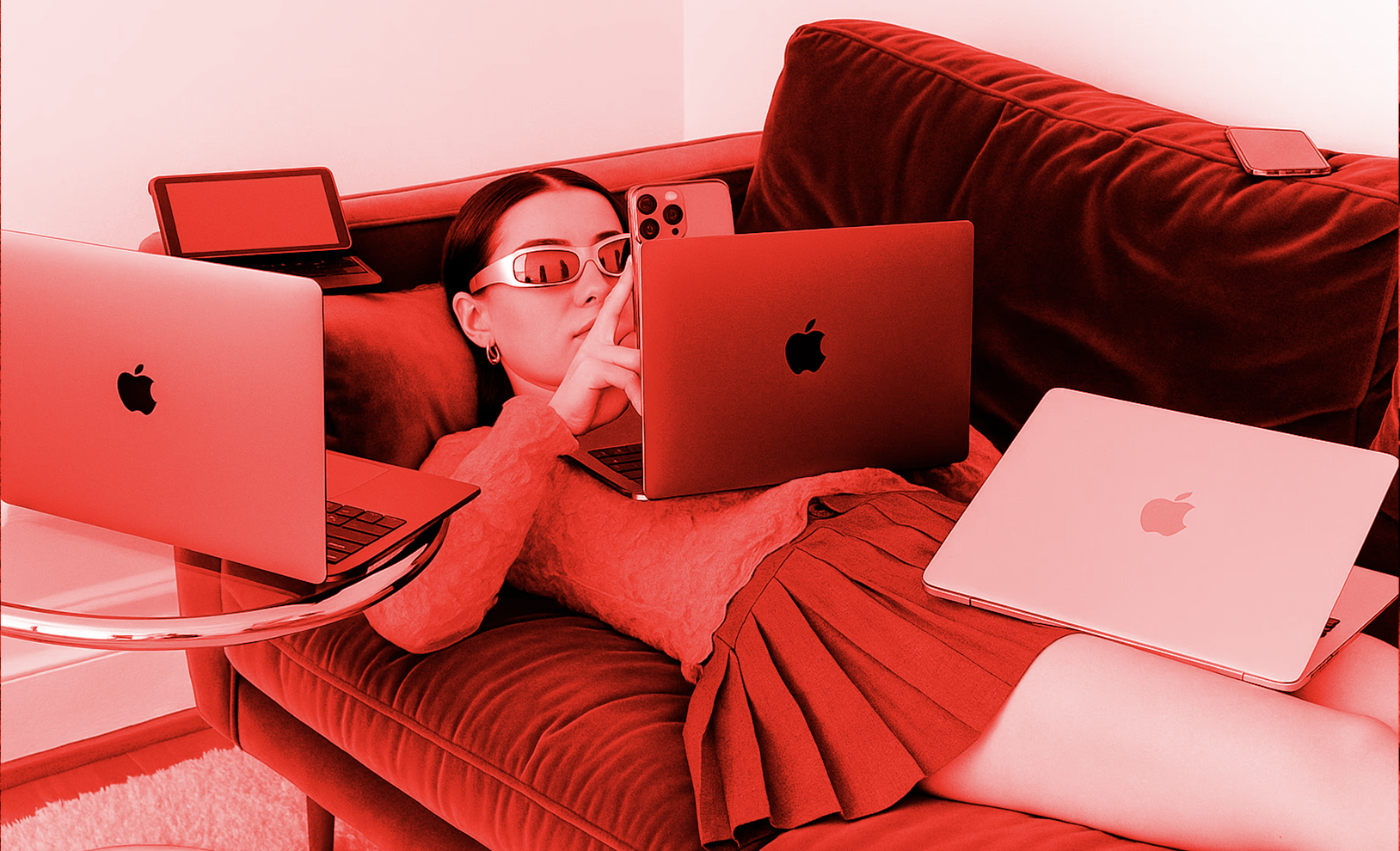
By: Gabriela Lunz
Original Photo Credit: Cait Cavell by Bianca Victoria
Artificial intelligence (AI) has shaped every industry in vastly different ways. A multitude of concerns arise when it comes to understanding the impact of these new technologies in work practices, and whether this will lead to the creation or dismantling of jobs. Is there still space for people, if their main tasks are being replicated by machines?
The answer to this question is not as direct as one would hope. The disruption that comes along with the incorporation of new technologies can be either good or bad, depending on the intention behind its application. As Tim O'Reilly mentioned in the article “Where Is AI on the Enshittification Curve?”, AI opens opportunities to free up humans to innovate, communicate, learn, care for, and entertain each other. It could also be used as a mere cost-cutting tool, dehumanizing individuals and making social disparities even bigger. This intentional disruption is particularly interesting when considering the design industry.
Design means more than creating something for the sole purpose of creating. According to the International Council of Design, designing has at its core a methodology integrating function, form, and experience, generating a solution adjusted to a specified user. It applies human creativity as a response to a specified problem, taking into consideration the constraints imposed by the context and resources available. It accounts not only for aesthetic, but also for functional, contextual, cultural, and societal aspects.
The incorporation of AI into design allows for swift generation of varied graphic schemes and visual effects, enabling designers to concentrate on essential creative tasks (Hu, Chen, and Ding, 2025). AI can replicate and facilitate a multitude of processes that allow for time optimization within the aforementioned methodology, bringing efficiency to a designer's work, cutting off manual and repetitive processes, offering suggestions that align with the desired products, etc. However, there are two fundamental elements that make humans irreplaceable when it comes to design practice: creativity and taste.
Creativity is inimitable. Despite a general belief on the existence of a supposed artificial creativity, it is also known that said creativity is not inherently similar to human creativity, as it lacks authenticity and intentionality (Runco, 2023). There is no self-expression behind AI, as there is no self to be expressed and that is a fundamental lack when it comes to the definition of creativity. More than that, Artificial Intelligence is inept at acquiring and expressing taste. On issue 64 of IoNTelligence, Ion Valis defines taste as deeper than mere fondness. Valis affirms that taste is the filter through which an individual decides not only what's worth consuming but also what to prioritize, pursue, and create. A machine, no matter how developed it is, would never be able to replicate taste, as it cannot understand context, values, life circumstances, and environment from the unique point of view that only someone who has lived through individual experiences would.
Viewing AI as a tool for optimization and improvement allows professionals to achieve higher goals, reaching their full potential in a timely and resourceful manner. Instead of pretending not to see technological advancements, or refusing to adapt to them, designers must allow themselves to go with the flow of change. As in every industry, it is fundamental that professionals keep updating themselves on current technologies, tools, and applications, as a way to anticipate and prepare for the future.
The intrinsic potential of AI in the design industry depends largely on whether industry players choose to respond through adjustment or rejection. Rather than seeing change as a terminator, understanding it as a catalyst could be the critical switch needed for intentional adaptation.